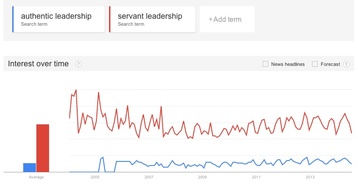
In 1988 he bought five Wendy’s franchises. Success did not come over night but he figured out what it took to succeed. Today he has 240 Wendy's franchises, 125 Chili’s restaurants, and more. He has built the 2nd largest portfolio of franchises in the nation. There are lessons in his story.
- Know what happens in the trenches. In the early years Bridgeman flipped burgers, worked the counter.
- Hire good people. It is people who sell the product and provide the service.
- Demonstrate through your actions that you care about your employees. Bridgeman’s interest went beyond the workplace to help his employees have better lives, e.g., paying rent, to having a chance at a good life, e.g., making bail.
- Coach. Coach. Coach. He applied what he learned on the basketball court and spoke of team, “We work together as a team, we win as a team, we lose as a team” (p. 27)
My take-aways:
People are the most important assets in any organization. Great employees with great leaders do great things. Bridgeman figured that out and the rest, as they say, is history. There is probably much more to the story but the bottomline is people make a business.
My favorite definition of customer value is: customer value = benefits - sacrifices * relationship. The benefits are what the customer derives from a product or service. We then subtract the sacrifices the customer must make to purchase, use, or dispose of the product or service. Then we multiply this by the relationship the customer perceives with people in the organization. Why do we continue to do business with certain people, certain organizations?Relationships we develop and value are key.
Those relationships come down to people – the people we hire, care about, invest in, grow, and support. Right, Mr. Bridgeman?
Lawrence, A. (2014, July 21) Junior’s Achievement. Sports Illustrated, 26-27.
Image of Milwaukee Bucks court by Jason Swaby from https://www.flickr.com/photos/jswaby/6844750855/
Used with permission. https://creativecommons.org/licenses/by-nc-sa/2.0/deed.en



 RSS Feed
RSS Feed